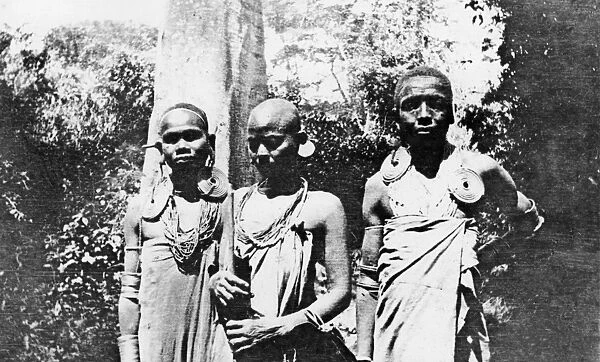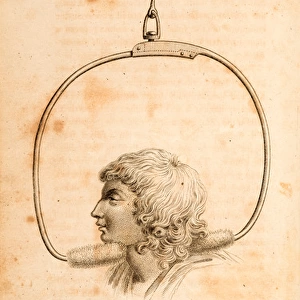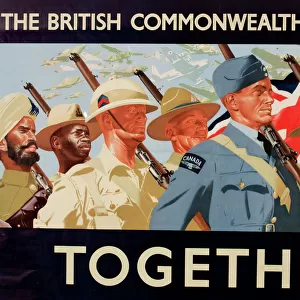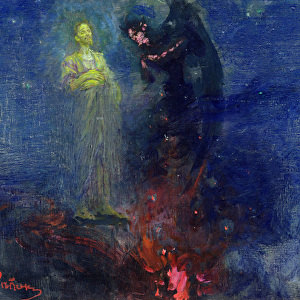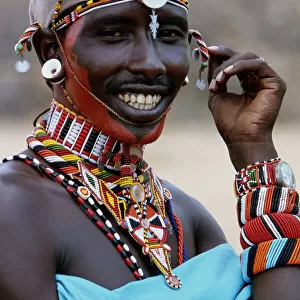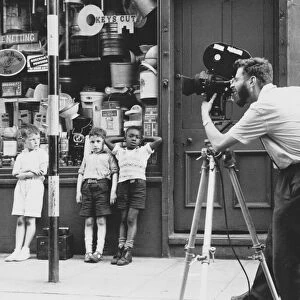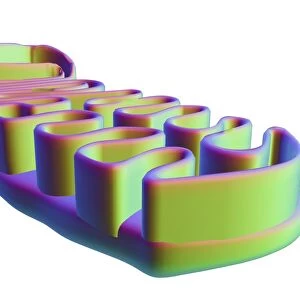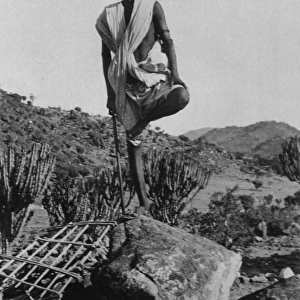Home > Africa > Related Images
Three Wa-Taveta people, East Africa
![]()

Wall Art and Photo Gifts from Mary Evans Picture Library
Three Wa-Taveta people, East Africa
Three Wa-Taveta people, East Africa.
1916
Mary Evans Picture Library makes available wonderful images created for people to enjoy over the centuries
Media ID 14377336
© The On Call in Africa Collection / Mary Evans Picture Library
EDITORS COMMENTS
1. Title: "Three Wa-Taveta People, East Africa (1916)" 2. Description: This photograph captures the essence of the Wa-Taveta people, an ethnic group indigenous to the Taveta region in East Africa during the 1910s. The image portrays three individuals, each dressed in traditional attire, showcasing their unique racial type and cultural heritage. 3. Background: The Wa-Taveta people, also known as the Wamwenge or the Bukusu, are a Bantu ethnic group inhabiting the Taveta region, which is located at the border between Kenya and Tanzania. This area is characterized by its diverse population, with the Wa-Taveta people being one of the many ethnic groups residing there. 4. Cultural Significance: The Wa-Taveta people are known for their rich cultural heritage, which is reflected in their traditional attire, music, and dance. The men in this photograph are wearing animal skins, which were a common form of clothing for the Wa-Taveta people during this period. The women typically wore brightly colored cloths and adorned themselves with beads and other decorative items. 5. Historical Context: The photograph was taken in 1916, a time when European powers were actively colonizing Africa. The Wa-Taveta people, like many other African ethnic groups, were impacted by the arrival of Europeans and the resulting cultural, social, and economic changes. However, despite these challenges, the Wa-Taveta people have managed to preserve their unique cultural identity. 6. Conclusion: This photograph offers a glimpse into the past, providing a window into the lives of the Wa-Taveta people during the early 20th century. It serves as a reminder of the rich cultural diversity that exists in Africa and the importance of preserving and celebrating the unique heritage of each ethnic group. The Wa-Taveta people continue to thrive in their ancestral lands, maintaining their traditions and passing them down to future generations.
MADE IN AUSTRALIA
Safe Shipping with 30 Day Money Back Guarantee
FREE PERSONALISATION*
We are proud to offer a range of customisation features including Personalised Captions, Color Filters and Picture Zoom Tools
FREE COLORIZATION SERVICE
You can choose advanced AI Colorization for this picture at no extra charge!
SECURE PAYMENTS
We happily accept a wide range of payment options so you can pay for the things you need in the way that is most convenient for you
* Options may vary by product and licensing agreement. Zoomed Pictures can be adjusted in the Cart.

